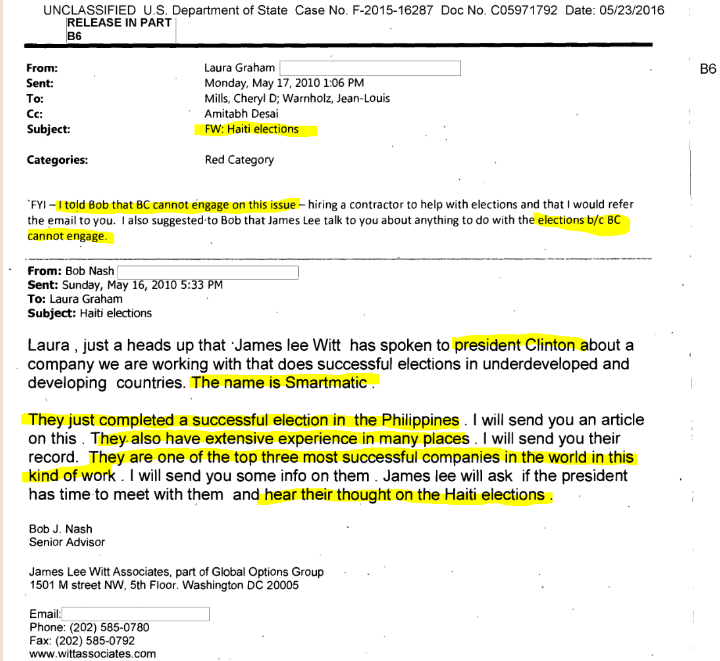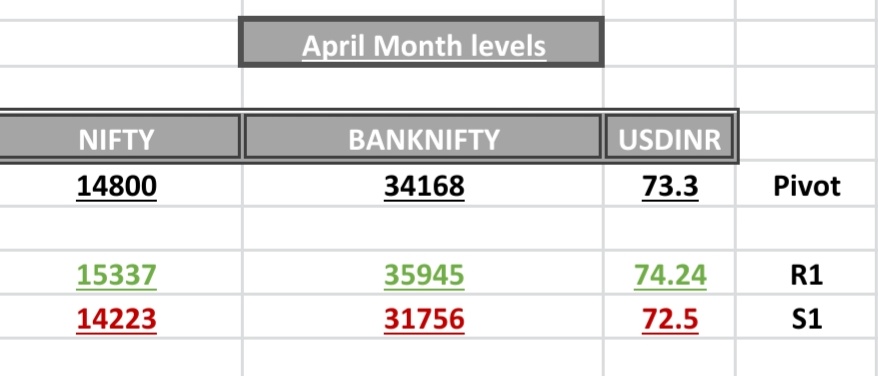I covered two of the best-known cases in recent years: “robocalls” in 2011 election and the “in-and-out” affair of 2006. You probably heard a lot about the former and maybe nothing of the latter. Both were important for different reasons. 2/
In robocalls, the Conservative party’s voter-tracking database, CIMS, was used to make fraudulent automated calls to about 7,000 identified Liberal voters in Guelph, Ontario, directing them to the wrong polling location. The scheme didn’t work. The Liberals won the riding. 3/
Elections Canada caught on to the scheme on the day the calls were made, election day, and began investigating almost immediately. The long and complex investigation found the calls originated with someone working for the Conservative candidate in Guelph. 4/
After a trial, a lone campaign staffer was found guilty. He served jail time. The judge said it appeared to him others were likely involved but no one else was charged. Throughout, the CPC denied any knowledge of the scheme. 5/
The in-and-out was a successful attempt coordinated by officials at CPC headquarters to evade spending limits on its national campaign in 2006. It involved wire transfers into local campaign accounts that were immediately withdrawn in the form of payments back to the CPC. 6/
These transfers back to the party were presented as legal payments by more than 80 CPC candidates for local campaign advertising, with the CPC being the vendor. It was an accounting trick. It wasn’t until months after the election that Elections Canada auditors caught it. 7/
The in-and-out scheme allowed the CPC national campaign to illegally spend more than $1 million on broadcast advertising and exceed its spending limit in a closely-contested election. And it worked. The ads ran and the CPC won the election. 8/
Five years later, after losing a legal challenge of the spending rules that the CPC candidates launched, the Conservative Party of Canada pleaded guilty in provincial court to the in-and-out scheme and agreed to pay a laughably small fine of $52,000. They admitted it. /9
At the time, Elections Canada drew criticism for accepting the plea rather than prosecuting the officials from CPC HQ that orchestrated the scheme. Their rationale was that the $52,000 was the maximum penalty under the law and nothing would be gained from a court case. /10
Tim Naumetz and I reported extensively on in-and-out for what was then Canwest, but it was mostly ignored or dismissed by other media as inconsequential. One columnist laughed it off as a “bicycle crash.” 11/
I think others were blasé about in-and-out, in part, because it was it hard to explain to readers/viewers and was largely an accountancy trick. Tim and I failed in communicating the significance to our readers. 12/
By contrast, robocalls was far easier to understand, and it had a compelling and ongoing narrative that unfolded in successive court filings that
@stphnmaher and I chased for months. 13/
It had burner phones purchased with vanilla credit cards, internet trickery to hide IP addresses, and a mysterious villain using the ludicrous name “Pierre Poutine.” Other media jumped on these details and chased the story. It dominated political coverage that year. 14/
So compare and contrast: a scheme to trick voters in a single riding, likely the work of an overeager college kid, that failed; and a plot by top CPC officials that gave the party a major advantage in an election it won. 15/
There have been other election cases involving other parties, including Liberals who violated leadership campaign spending rules. These were candidates who spent more on their leadership bids than they were able fundraise. So, these were ultimately unsuccessful, too. 16/




















